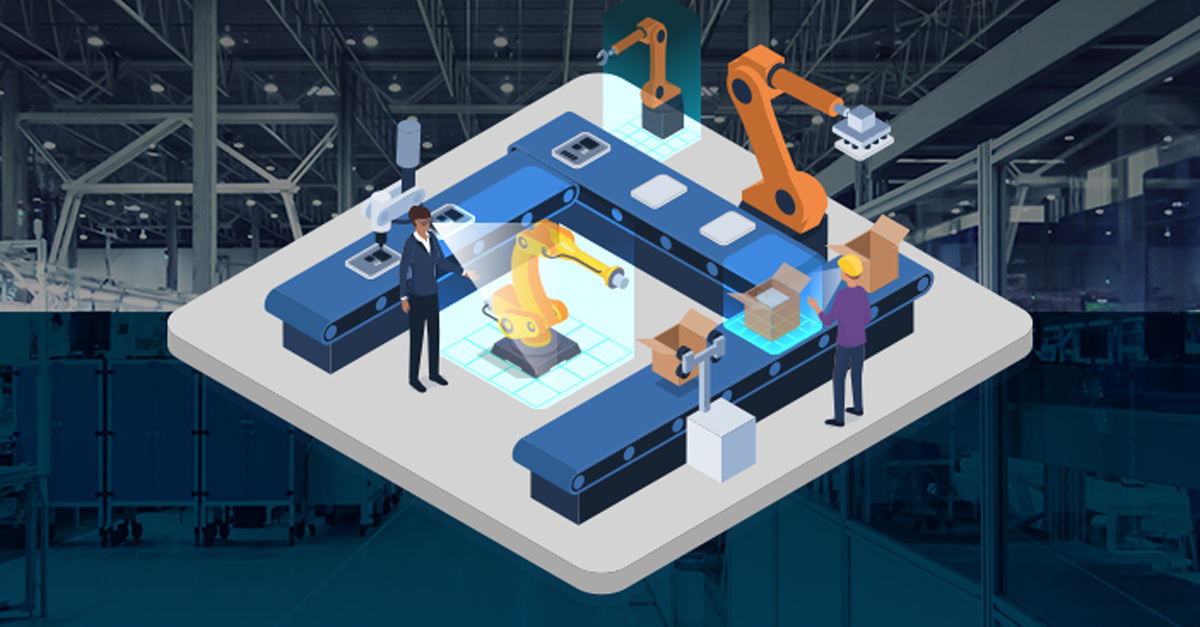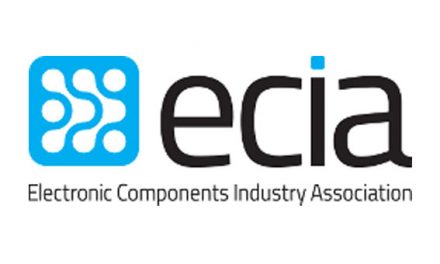Just Because We Can, Doesn’t Mean We Should

By Michael Ford, Aegis Software
It is a hard financial truth that investment in the very latest cutting edge technology, before it even gets to be recognized as “state of the art”, is for most, prohibitively expensive, making it out of reach of the vast majority of business-driven ROI goals. Take Augmented Reality (AR) for example. Fully graphical, bespoke interactive solutions can cost millions of dollars to develop and deploy. On the other hand, the seemingly less talked about, simpler and more practical side of AR is already providing immediate benefits for millions of us in our daily lives, which now extends into everyday manufacturing.
We Can Do It, But Should We?
Many of us I am sure, have already seen demonstrations of high-end AR, for example at trade shows, where people wearing large AR headsets see an impressive super-imposed series of graphics which overlay and track what they are seeing in the real-world. It is really cool how the projected 3D images stay aligned with the environment, so that you can look around and walk closer to the object to get a better look. This area of AR is closer in nature to Virtual Reality (VR), in which the whole scenario is 3D image driven. AR with 3D graphics tracking is actually much harder to achieve than VR, since the recognition of real objects and their relationship with virtual objects needs to be maintained at all times. This is a very specialist piece of software, and currently represents the “bleeding edge” in terms of this area of technology. The cost of ownership is the real challenge, as the recognition and 3D modelling of objects to the level required is very time-consuming to create, and is quite specific to each use-case, requiring bespoke development of software and graphics. Add to this issues around the physical weight and bulk of these devices and their battery life. We can do it, but for the vast majority of daily assembly factory applications, should we? Is the cost actually justified?
Spoiler alert, no. That said, there are use-cases, such as the execution of maintenance or setup on a specific machine, where the machine vendor has created all of the 3D graphics and recognition algorithms that are required, have been standardized within software, then sold as an “off the shelf” product to many customers, creating a valid ROI potential. For factory-level assembly operations in general, the fully graphical AR approach is completely impractical. Until there are standards of inter-operability of such systems, nothing is going to change soon.
What We Should Be Doing Practically with AR Today?
Unlike AR that features the complex tracking of graphical shapes, there is another side of AR which is extremely practical, already quite common, and most importantly, cost-effective for assembly manufacturing. The relatively humble heads-up display (HUD) in our cars is an example of how simpler AR technology has already made its way successfully into our everyday lives. HUD is an image that combines text and graphics, which is projected onto the windscreen through which the driver looks. The image is static, as there is no need for it to track anything happening outside of the car. AR wearable glasses provide the same functionality, projecting information and graphics in the line of sight of the wearer of the glasses. The images and information do not track the space at which the wearer is looking, and has no need to do so. As a result, the AR hardware, software and data preparation requirement are a mere fraction of what would otherwise be required.
Having contextual information in the normal line of sight of the driver is widely recognized as being a key benefit, as the driver is not distracted from looking at the road when trying to read information from the dashboard. In the same way, assembly operators can receive contextual step by step work instructions in their AR glasses without the need to look away from their work to a screen, and without the need to pick up a barcode reader, mouse or use a keyboard. It is genuine hands-free manufacturing. This application of AR in assembly, logistics etc., creates significant benefit, and practically no additional cost of ownership.
Is AR For Everyone?
I have never been in a factory where the opportunity of doubling assembly operator productivity would not be welcomed. In today’s manufacturing, we need the assurance of compliance and conformance, recording everything we do for traceability and quality purposes. Productivity from traditional assembly operators has been declining over the last few years as a result of this “digital overhead” need for information. The practical utilization of AR removes the vast majority of this burden, recording actions and completions automatically. For factories making safety-critical products, or any products that require traceability and / or a zero-defect environment, the use of AR has a profound effect.
Another aspect in the use of practical AR is to empower production workers to be included in the digital Industry 4.0 factory, which requires increased levels of flexibility, making a higher mix of products, small lot sizes, and the ability to cope with sudden customer demand changes. In this environment, utilization of labor is difficult to optimize, as much of their added-value time is lost during the preparation and tear-down of operational processes in between production jobs. The use of AR technology allows operators to move quickly and easily between different kinds of jobs, receiving for each, key operational instructions and confirmations through the AR headset. Moving between assembly jobs, or even to a material logistics job for example, is then seamless, without the requirement for specialist training that ties operators into specific applications. The whole production operator environment with AR technology brings a vastly improved work-experience, featuring creativity and continuous contribution to the digital manufacturing operation, bringing much more capability and efficiency. Large scale assembly where ‘paperless’ digital work instructions are not practical on PCs or even tablets because they simply cannot be carried into the workspace, such as inside the assembly of a cramped aircraft cockpit, can be effectively supported for the first time with this AR technology.
Sounds Good, So….?
There are very few factories that would not benefit from increased flexibility and assembly operator productivity, not to mention the enhancement of traceability data for no additional operational cost. It simply comes down to the cost of ownership. Having experienced the “sticker shock” of budgets required and ownership costs associated with bespoke AR solutions with tracked 3D graphics, there is often an assumption that all AR applications are still on the “bleeding edge”. The good news however is that AR technology for factory operations guidance is now available with the latest IIoT-based digital MES solutions, with no software development, additional data preparation work or cost needed. The described AR technology application example is simply utilizing the exact same data as prepared for paperless work-instruction terminals that have been a part of manufacturing for many years. AR in this way represents a seamless and valuable upgrade of paperless work instructions in a way that creates direct business benefit through the reduction of costs and increase in business opportunity.
There is no need to imagine the world in which the manufacturing operator arrives to the factory, puts on their AR glasses, and is immediately a key component in the digital factory operation, managed and supported in real-time by the latest digital IIoT-driven MES solution. It is here and available today, combined automated and human assembly operations, the holistic Industry 4.0 factory. A small production lot, part completed from the night before is up first. The AR display shows the work-cell assignment, allowing the operator to pick up where the night shift left off. Reading barcodes using the built-in camera and voice commands confirm action after action. All tasks are executed correctly and confirmed, with video files stored where traceability requirements have deemed necessary. After that, the operator is provided instructions to fetch materials, setup a process, perform a quality check, some incoming inspection, another small work-order, and hey, it’s time for lunch!
Let’s start using this AR technology in a way that is practical and meets the needs of modern production, without the risk, costs, and overhead of technology that is still in many ways, experimental. This is the opportunity to get ahead with “state of the art” technology that is mature and practical, rather than having the pain of being on the “bleeding edge”.












